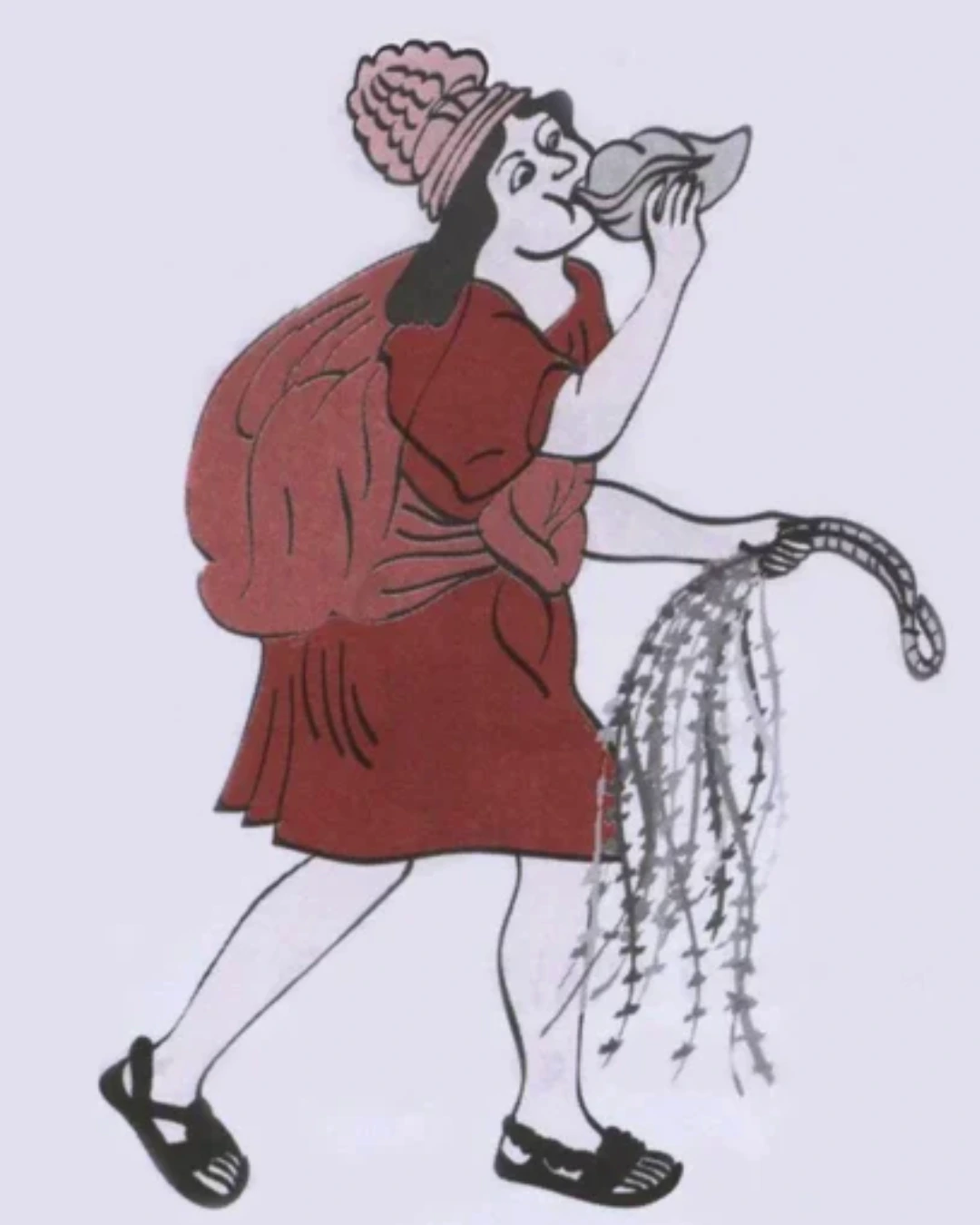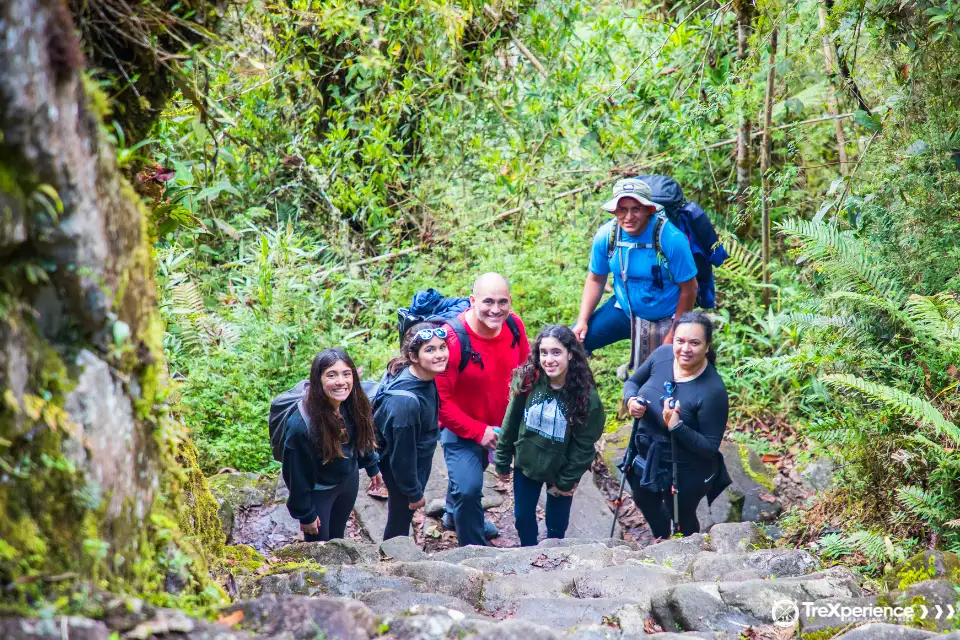Of all the stories of pre-Hispanic South America, the one about the Chasquis is exceptional and of great fascination. It is undoubtedly one of those chapters that arouses great interest for those who decide to learn about the past of that region of the American continent, and in particular, the Inca Empire in a large part of that territory.
If you're fascinated by ancient civilizations or curious about the unique Inca communication system that kept an empire connected, you're in the right place. Keep reading, and let their story unfold!
The Chasquis in the Inca Empire: The Qhapaq Ñan’s Essential Messengers
What does Chasqui mean?
Chasqui or also Chaski means messenger in the Quechua language. In this case, they were trained and specialized runners to fulfill that function of relaying one another to cover long distances.
Did you know?
The Inca Empire was one of the largest in pre-Hispanic times, stretching across what we now know as Argentina, Bolivia, Chile, Colombia, Ecuador, and Peru. The key to their communication system was the Qhapaq Ñan (Inca Trails), a vast network of pathways that connected the entire empire. This allowed the Chasquis to keep the flow of information running smoothly throughout these regions.
Who were the chasquis?
They were young people who could run quickly over long distances (10 km to 15 km) and be relieved by others, enabling them to deliver official messages to different points of the extensive Inca territory.
What were the chasquis like?
As previously noted, they were young people who fulfilled the function of official messengers. For this, they were trained physically and mentally, especially in terms of memory, so that they would be efficient in delivering messages.
They also had to be able to adapt to traveling through very difficult terrain, be fast in relays, and be resistant to different climates depending on the time of year.
What clothes did they wear?
The chasqui runners wore an uncu or loose, long tunic that allowed them to move easily. Over this tunic they wore untus or cloaks to protect themselves from the rain and the cold. They wore flip-flops or sandals made of some resistant material or leather, which protected their feet from any type of terrain, whether sharp stones or thorns.
They wore ullus or a kind of turban to hold their hair, not hinder their visibility, and protect them from the sun.
What were their work tools?
Apart from their specific clothing, their work tools were:
- A bag in which they carried messages was made of thick fabric or leather or another material of proven resistance.
- On some occasions, they carried quipus, an information and administration system made with ropes of different colors and different types of knots.
- Other objects, such as badges and sticks, served to distinguish them and indicate that they were official messengers.
The Chasquis in the Inca Empire and during the Colony
The chasquis were like a communication system that became consolidated with the successive leaderships of Pachacútec Yupanqui and Huayna Cápac. It was during that time of splendor of the Inca Empire that an extensive network of roads (Qhapac Ñan) was established with their respective posts.
With the process of conquest and colonization by the Spanish, that prodigious communication system and the relevant function of the chasquis were declining. Basically, the conquerors imposed their own communication system with new elements, new tools, and other means of transport.
What was the work of the chasquis like?
The work of the chasquis was limited to a system of very high efficiency and organization that made it possible to carry messages promptly and faithfully to any point in the extensive territory of the Inca Empire.
Such a system included different aspects:
- They worked in a relay system along the road network called in Quechua with the name of Quapaq ñan.
- Each of them traveled a certain distance to a post where they delivered the message to another chasqui so that, in turn, he would run to another post and deliver the message to another chasqui or to the person to whom it was destined.
- The message was carried with him, by heart, or in a quipu in a resistant bag designed for that purpose.
- This system for transmitting messages had a centralized headquarters in Cusco. From there, messages were issued, and the different routes and posts were coordinated.
- The pututu, a traditional Andean trumpet made from a conch shell, played a crucial role in the Inca communication system, especially for the chasqui runners. This instrument was used to signal the arrival of a chasqui at the next relay post along the Inca road system.
What was called "Qhapaq Ñan" and what was its function?
The Quapac Ñan (Inca Roads) was that extensive and very well planned network of trails that the Incas created, whose extension was thousands of kilometers of the territory of their Empire. In addition to being the network of roads through which the chasquis moved, it served to transport people and commercial products.
The Quapaq Ñan also served for religious pilgrimages to sacred places such as the Huancahuasi sanctuary or that of Vilcashuamán or the Temple of the Sun. In addition to that important function, inca roads served military purposes for the best movement of troops and mobilization of any type of resource that was necessary in case of an internal conflict or a probable invasion.
The legacy of the Chasquis is a testament to Inca ingenuity and organization. These messengers not only carried vital information, but also held together a vast network of communities throughout the Andes, allowing the Inca empire to communicate efficiently.
Today, that legacy lives on in the Inca Trail, one of the best treks in the world, which has preserved part of those ancient routes. Today, you too can follow in the footsteps of the Chasquis, experiencing the challenge of the mountains and valleys that they traversed on a daily basis. Walk these trails and connect with the history of an extraordinary civilization.
Book with us the Inca Trail and relive the tradition of the Chasquis, feeling in every step the spirit of those ancient messengers of the empire.


















Add new comment